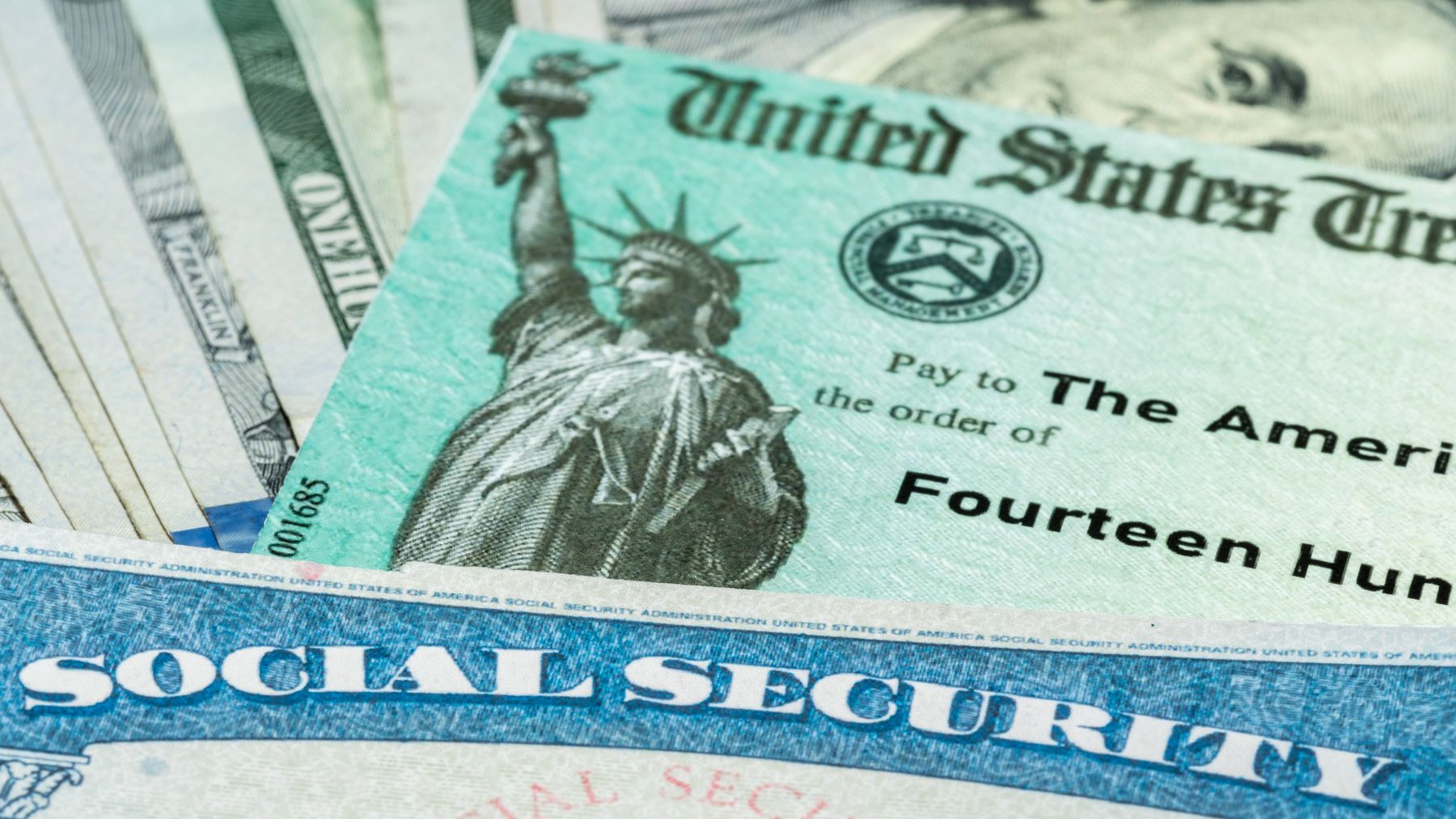We live in an era where technology advances at an extremely rapid rate, to the point where it is sometimes difficult to keep up. Unfortunately, these advances and changes are inevitable, and either you adapt or you face the consequences. Speaking of change, Social Security checks will also be changing in September. Word of mouth is that one group will be shifting to a surprising new method. Find out today what this surprising new method is, and how this change could potentially affect you.
Millions of people rely on the monthly Social Security
Financial security is a crucial aspect in life, and remains so throughout all life stages. Social Security, which is managed and distributed by the Social Security Administration (SSA), is a type of social insurance that guarantees certain beneficiaries have a basis of financial security at all earnings levels. Without this security, millions of people will no longer be able to afford essentials such as housing, health care, and groceries.
Thankfully, Social Security is distributed each month, thus providing beneficiaries with some relief from their financial burdens. Qualifying citizens receive Social Security in the form of benefits, which are retirement, survivor, family, or disability benefits. Now, one group of beneficiaries will have to face a change to their monthly Social Security checks.
Your monthly checks will change in this way
The SSA typically distributes benefits according to a set payment schedule each month, which ensures that the system does not become overloaded and that beneficiaries receive their benefits on time. Social Security benefits are distributed on the second, third, and fourth Wednesdays each month, and Supplemental Security Insurance (SSI) benefits are usually distributed on the first of each month.
This approach has been one of the constants in the federal agency’s procedures, but throughout the year, the SSA has announced some major changes. One of the latest changes that beneficiaries should expect soon is a change to payment methods. Beneficiaries always had the option to receive benefits either by:
- Direct Deposit
- Paper Checks
- Benefits Debit Card
Now, according to an official White House statement on March 25, 2025, beneficiaries will soon have to kiss paper checks goodbye. The decision was made in an attempt to increase the security of beneficiaries’ payments. According to Kiplinger, paper checks have the following disadvantages:
- They do not enjoy protection from private creditors
- Can be lost, stolen, delayed, or damaged due to bad weather
The change will officially begin in September
This change may be in the interest of beneficiaries, but many still feel more reassured by the physical representation of their money, especially beneficiaries who have been claiming benefits long before the existence of the internet and smartphones. Thankfully, there is some consolation for those beneficiaries. According to the SSA, there is only one way to still receive a paper check, and that is:
“where a beneficiary has no other means to receive payment… We will continue to drive down paper check volume, which is less than 1% of total, by proactively communicating with beneficiaries about the advantages of enrolling in e-payments and the process for doing so.”
According to the Social Security’s official statement, the transition to modern payment methods will officially begin on September 30, 2025. Hopefully, that will be enough time for beneficiaries to get their ducks in a row.
As we said, change is inevitable. Thankfully, the agency understands that the transition will not be easy for everyone. Another major SSA change that has made life difficult for certain beneficiaries could potentially make this transition more difficult as well. The agency has modernized its customer service methods, and this move has evoked some mixed emotions. The SSA field offices have also gradually become fewer, which begs the question: Should security trump reliable service?
Disclaimer: This content is informational only and does not supersede or replace the SSA’s or IRS’s own publications and notices. Always verify any specific dates and amounts by following the direct links in our article to SSA.gov or IRS.gov, or by consulting your local SSA field office or tax professional.
